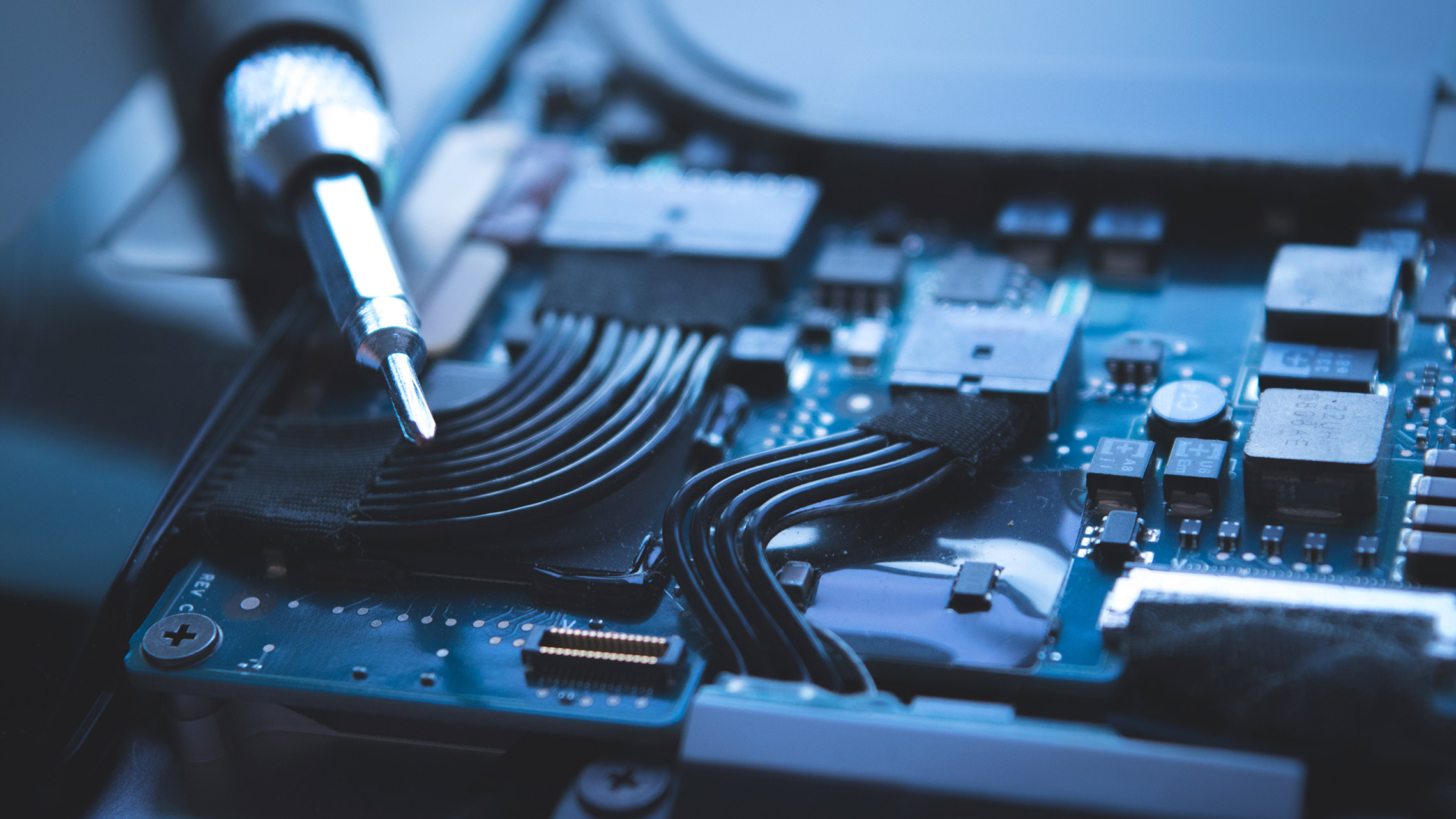Emmanuel Cruzeiro: a perspective on the 2025 Nobel Prize in Physics

Emmanuel Zambrini Cruzeiro, a professor at Técnico and researcher at Instituto de Telecomunicações (IT), shared with Técnico his view on the Nobel Prize in Physics 2025 awarded to John Clarke, Michel H. Devoret and John M. Martinis for the discovery of macroscopic quantum mechanical tunnelling.
How would you explain the importance of the work recognised by the Nobel Prize in Physics 2025? How does it justify the Nobel Prize?
Emmanuel Zambrini Cruzeiro (EZC) – Quantum physics is a fascinating field because it provides surprisingly accurate explanations for the often counterintuitive world of particles and atoms at a microscopic level. In other words, it offers us a relatively simple “mathematical recipe book” for predicting the results of experiments on a microscopic scale. However, there is nothing in the theory that implies that it does not apply to larger scales. One of the biggest fundamental questions in physics is whether quantum physics applies to larger objects, or if there are any limitations. So far, quantum physics has defied all our attempts to contradict it experimentally. If we find a limitation related to the size of a system, it could lead us towards the next significant theory of nature. This year’s Nobel Prize honours the work of three physicists who demonstrated that the quantum tunnelling effect occurs in currents made up of millions of electrons. In this sense, the current can be seen as macroscopic, and therefore the prize was awarded for the demonstration of the quantum tunnelling effect at the macroscopic level.
What scientific advances have resulted from the work of these researchers? What benefits could they bring in the future?
EZC – The results obtained by the honoured scientists were crucial in developing components for quantum computing, particularly those involving Josephson junctions. These devices allow a current with many particles to flow through a superconducting material, exhibiting quantum properties. This allows for the creation of a unit of information known as a quantum bit (QUBIT). In this context, a superconducting quantum bit can exist in a superposition of states (e.g., both on and off simultaneously). More significantly, these developments have confirmed that quantum physics can be validated in relatively large systems, involving around a million electrons. Continuing this line of research promises even more benefits; for example, quantum effects have now been observed in molecules, paving the way for new technologies.
What other advances in physics would you like to have seen recognized with the Nobel Prize this year?
EZC – There are several possibilities. I was pleased to see that this year’s prize is associated with quantum physics and quantum technologies, but other advances in these areas also deserve attention. One fascinating example is the emerging technologies for detecting single photons, which will revolutionise various fields of science. Other fields of physics that could have been considered include cosmology, condensed matter, and fusion, in which there has also been much progress.
How does your work relate to that of the award winners?
EZC – At IT/Técnico, one of the main lines of research of our group studies quantum phenomena on a macroscopic scale. More specifically, we study quantum correlations and how to identify them in macroscopic systems. Currently, quantum properties have been demonstrated with well over a million particles. To advance further, it is essential to develop both experimental and theoretical tools, making this area of research even more thrilling.
Entrevista completa e fotografia: Técnico
